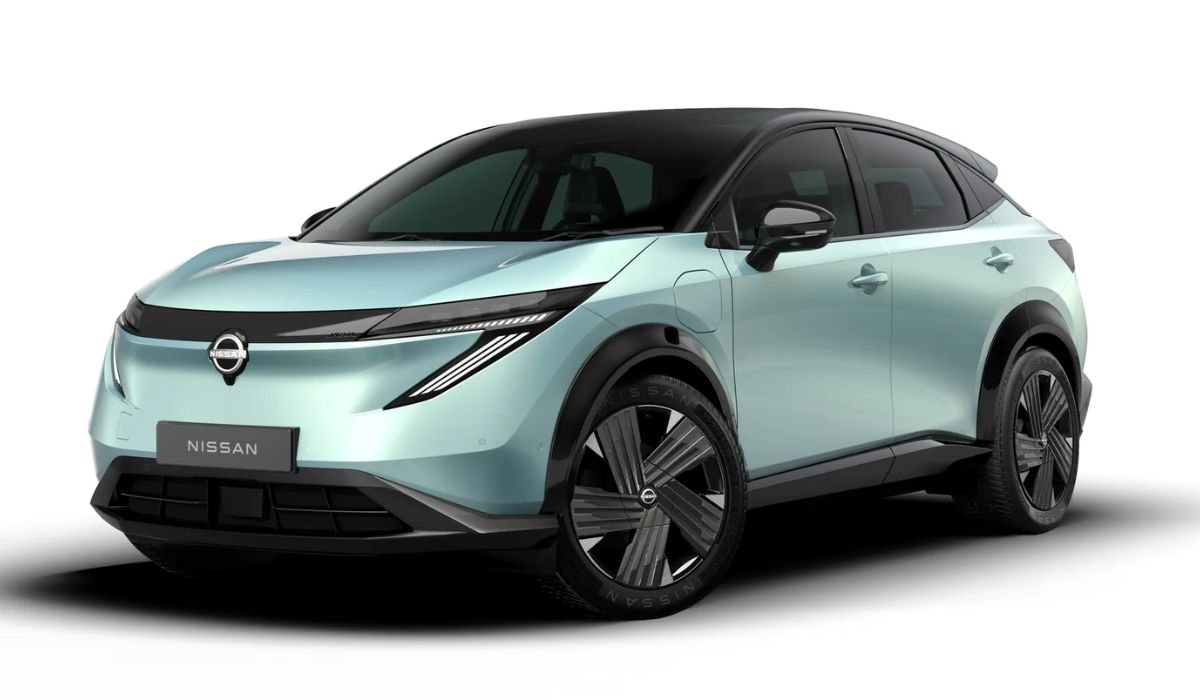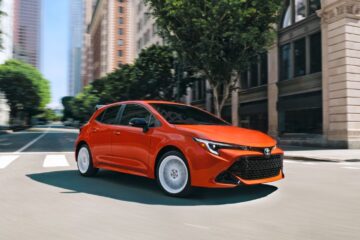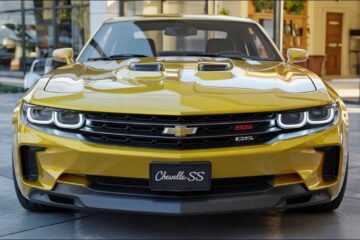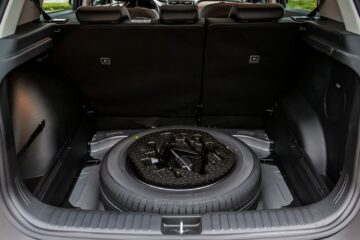Quick Highlights:
- New front end, cleaner and sharper, much like the upcoming Leaf.
- Google-based infotainment added, plus the ability to power small devices.
- Suspension tuned again for Japan’s roads.
- U.S. won’t get it — production there is on hold.
Finally getting the first look at the updated Nissan Ariya, it’s clear the story isn’t over yet. Nissan’s electric ambitions keep moving, but the U.S. won’t be seeing one of its sharpest EVs anytime soon. The Ariya, recently dropped from Nissan’s American lineup, has now received a clean new look for Japan. The refreshed SUV made its first public appearance at the 2025 Japan Mobility Show in Tokyo on October 31, marking a new phase for a model that probably deserved a longer run in the States.
Production for the U.S. quietly stopped last month, closing the brief chapter of the Ariya as Nissan’s compact electric crossover. While American dealers finish selling what’s left, Japanese buyers are getting the best version so far — one shaped by the same design language that defines the upcoming 2026 Leaf.
A Cleaner, More Confident Design
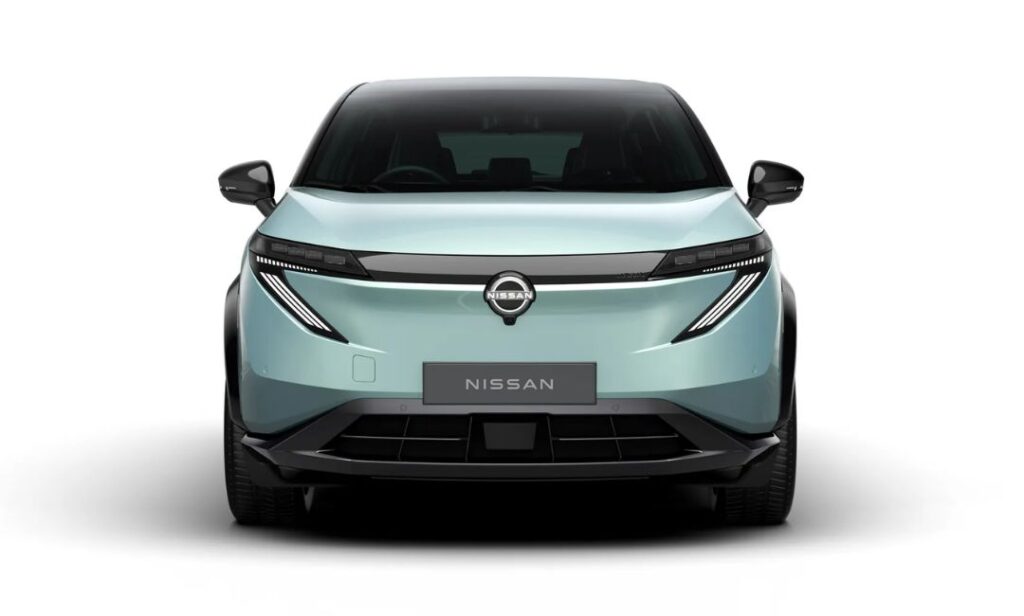
The most noticeable change is up front. Gone is the “patterned grille trim” that once sat beneath the Nissan badge. In its place sits a “smooth, body-color panel” framed by “V-shaped LED headlights” with three inward-angled light bars, linked by a “gloss-black band” that runs across the nose.
The new face gives the Ariya a wider, more refined stance — less science project, more mature grand tourer. The “air intakes” and “fog lights” have been removed for a cleaner, more minimal look, while the “wheel arch cladding” appears slightly thicker, framing a fresh “alloy wheel design” that adds to its crossover appeal. A “backlit Nissan badge” now glows up front, a small but telling cue of Nissan’s move toward a unified EV design language.
Nissan hasn’t revealed the rear yet, but it’s safe to expect similar touches — a smoother tail, likely featuring a black contrasting roof and thick wheel cladding like the previous model, and an updated “lighting signature” echoing the new Leaf’s look.
Smarter Tech Under the Skin
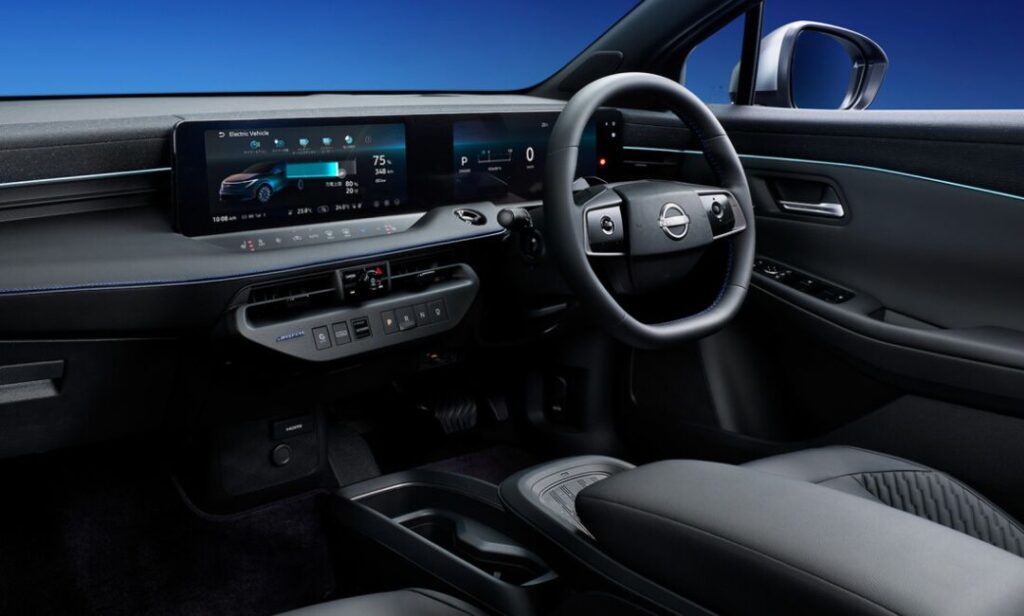
Inside, the Ariya gets a tech boost. The “Google” infotainment system now handles Maps, Assistant, and Play Store. No phone needed. Same setup as the new Leaf, but a clear step forward for Nissan’s EVs.
It also adds “vehicle-to-load (V2L)”. Small devices can run straight from the battery. Laptops on a camping trip. Blenders at a tailgate. The car doubles as a power source.
Underneath, the suspension is tuned for Japan’s roads. It promises a smoother ride and better low-speed control, making city driving more composed and comfortable.
A Missed Opportunity for the U.S.
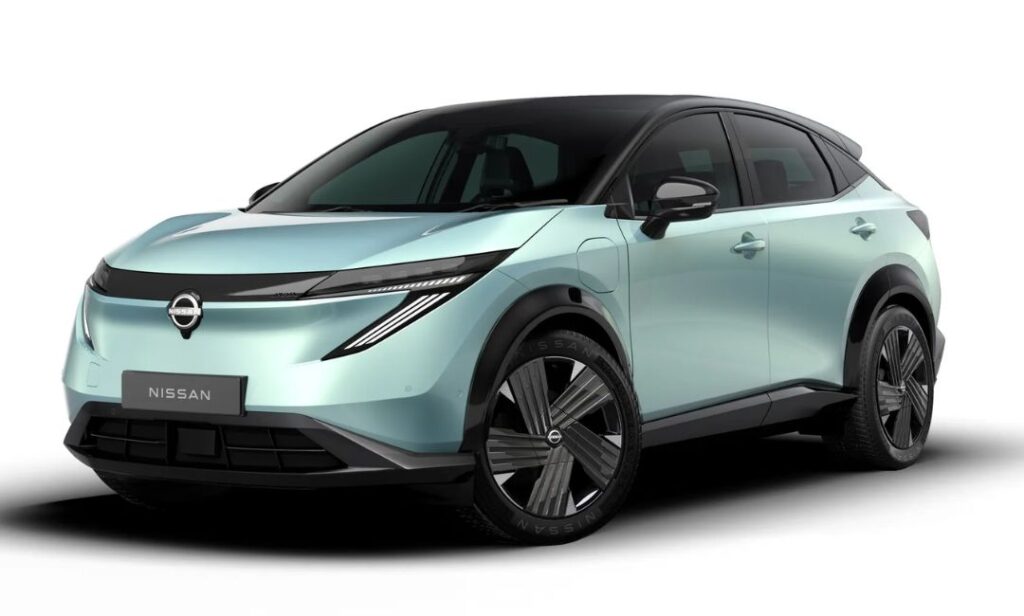
With all its modifications, this smarter, sleeker Ariya will not come back to the U.S.—at least not yet. Nissan affirmed that the American market production is still suspended before the 2026 model year when the company will focus on the next-generation Leaf, which will be the new low-cost EV flagship of the company.
The present Ariya line in the U.S. began below $40,000 and offered up to 289 miles of EPA range on long-range models. Although those numbers made it competitive, sales were slow, and there was little price differentiation with upcoming Nissan models, making it a tough business case. For context, the 2026 Leaf will start at just $29,990, signaling Nissan’s strategic pivot toward a lower-cost EV in the U.S.
Nevertheless, the design development of the Ariya points to the direction in which Nissan’s electric portfolio is moving, a less polluted, more interconnected concept, and a more technologically advanced functionality. When the brand reinvents the Ariya in North America, then this new design would be on the frontline.
The Bottom Line
The 2026 Ariya is gone from the U.S., but in Japan it’s doing well. The new Leaf-inspired look, updated tech, and smoother ride make it feel more grown-up. Evolution worked here, not a full redesign.
U.S. buyers? They’ll have to look from afar. Maybe Nissan will bring it back next time.
Source: Nissan
Read More:

